In the intricate dance of leadership, two powerful forces—trust and influence—stand as pillars that not only support but elevate each other. This blog post delves into the symbiotic relationship between trust and influence, emphasizing how trust forms the bedrock for influence, and how, in turn, influencing others is a testament to the trust placed in them.
Trust: The Bedrock for Influence
Trust is the currency of leadership. It's the intangible force that binds teams together and propels leaders to greater heights. Without trust, the foundation for influence crumbles. Trust acts as the bridge between a leader and their team. It's the unspoken agreement that each party can rely on the other, creating an environment where influence can flourish. Trust is also an emotional investment. Leaders who establish trust create a connection with their team that goes beyond the transactional, forming the basis for genuine influence.
Influence
Now let’s talk about influence. Influence is the art of inspiring action, and it thrives where trust is abundant. A leader's ability to influence is not just a measure of their charisma; it's a reflection of the trust vested in them by their team. Influential leaders don't just talk the talk; they walk the walk. Their actions align with their words, reinforcing the trust their team places in them and amplifying their power of influence.
Influence stems from the confidence others have in a leader's decisions as well. When trust is established, team members are more likely to follow a leader's guidance, knowing it comes from a place of genuine care and expertise.
The beauty of the trust-influence dynamic lies in its reciprocity. Just as leaders need the trust of their team for effective influence, they must reciprocate that trust by acknowledging and valuing the capabilities of their team members. Influential leaders trust their team to handle responsibilities. By delegating tasks and projects, they empower their team members, demonstrating confidence in their abilities. This does not mean that the leaders do this blindly, but having a proven track record from their team will enable this to be a possibility.
Trusting team members also fosters an environment where creativity and innovation thrive. Influential leaders inspire by giving their team the freedom to explore new ideas, knowing that trust underpins the journey towards success.
In the world of leadership, trust and influence form a dynamic duo that transforms ordinary teams into exceptional ones. Trust is the fertile soil in which the seeds of influence grow, and influential leaders reciprocate by trusting in the potential and abilities of their team. As you navigate the landscape of leadership, remember that building trust takes time, but its impact on influence is immeasurable. Cultivate trust, wield influence responsibly, and watch as your leadership journey one of mutual trust and inspired influence.
Have a great week!
“Businesses wonder why it is still hard to be thought of as the brand of choice with the best customers and top employees. How can our business make more profitable transactions and stay out of the commodity battle with low profits? How can we land and keep top talent in our organization with the salary wars. Kevin teaches your sales and leadership teams how to build the key ingredient to be successful with their relationships and take your goals to the next level with high levels of engagement.
Kevin’s website: www.kevinsidebottom.com
Kevin’s email: kevin@kevinsidebottom.com





















